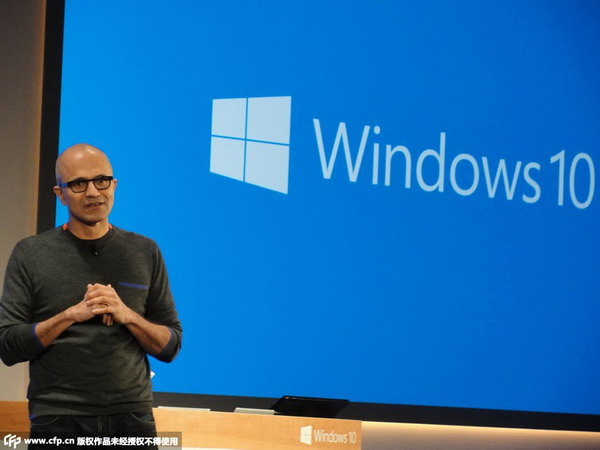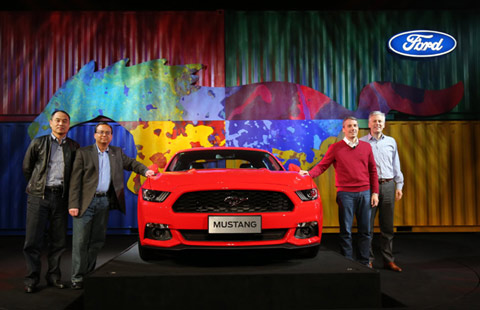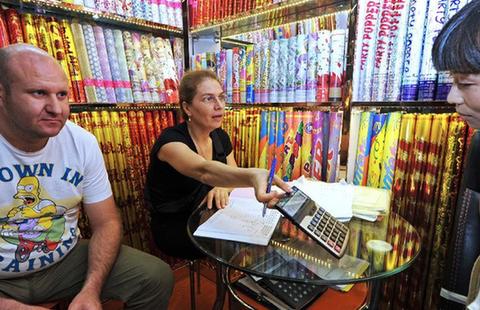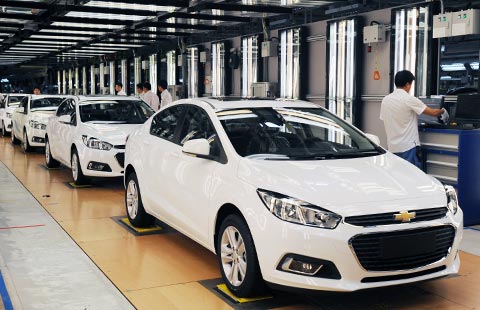Microsoft shows off Windows 10 and 'HoloLens'
(Agencies) Updated: 2015-01-22 10:54
 |
|
Microsoft chief executive Satya Nadella touts Windows 10 and HoloLens capabilities as a glimpse at a new generation of computing involving laying 3D images over the real world, at a press event at the technology titan's main campus in Redmond, Washington on Jan 21, 2015. The US technology titan debuted its HoloLens capabilities built into its coming Windows 10 operating system and showed off goggles that let wearers use their hands to interact with virtual objects. [Photo/ CFP] |
While it's designed to let apps work in similar fashion on all those devices, Windows 10 will also come with a new Web browser that will be closely integrated with Cortana, the company's voice-activated answer to Siri. Microsoft is expanding Cortana to serve as a search engine and personal assistant, capable of answering questions and responding to commands such as "Play music" on desktop and laptop computers, as well as mobile devices.
And in a break from past practice, Microsoft announced that Windows 10 will be released later this year as a free upgrade for anyone owning a computer or gadget that's currently running Windows 8.1 or 7, the two previous versions of the software.
Microsoft is making a big bet that Windows 10 will help it regain ground the company has lost to the mobile computing boom. Windows has long been the dominating operating software for desktop and laptop computers, but that business has suffered as more people have begun using smartphones and tablets. Microsoft tried to reach those users by emphasizing touch-screen features in its last update, Windows 8, but many traditional PC users found it jarring and difficult to navigate.
- China forex settlement surplus narrows in 2014
- China farm produce prices up slightly
- Economic data move toward new normal
- Give China its due in global economy
- Chinese nuclear firms plan equipment, tech sales abroad
- Global nuclear majors target China
- Saudi Arabia slows its $109 billion solar program
- Australian wine exports to China rise 8%
















